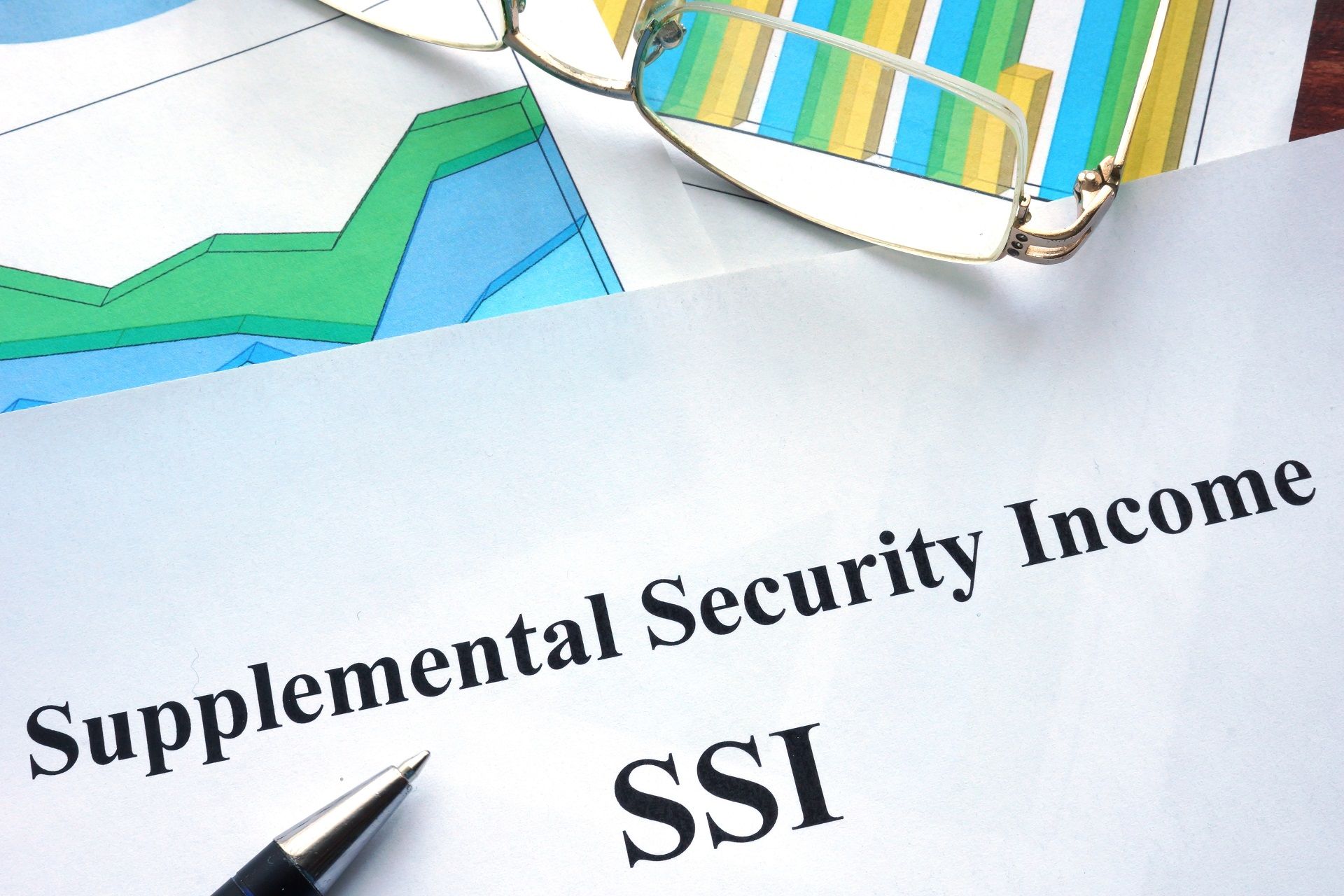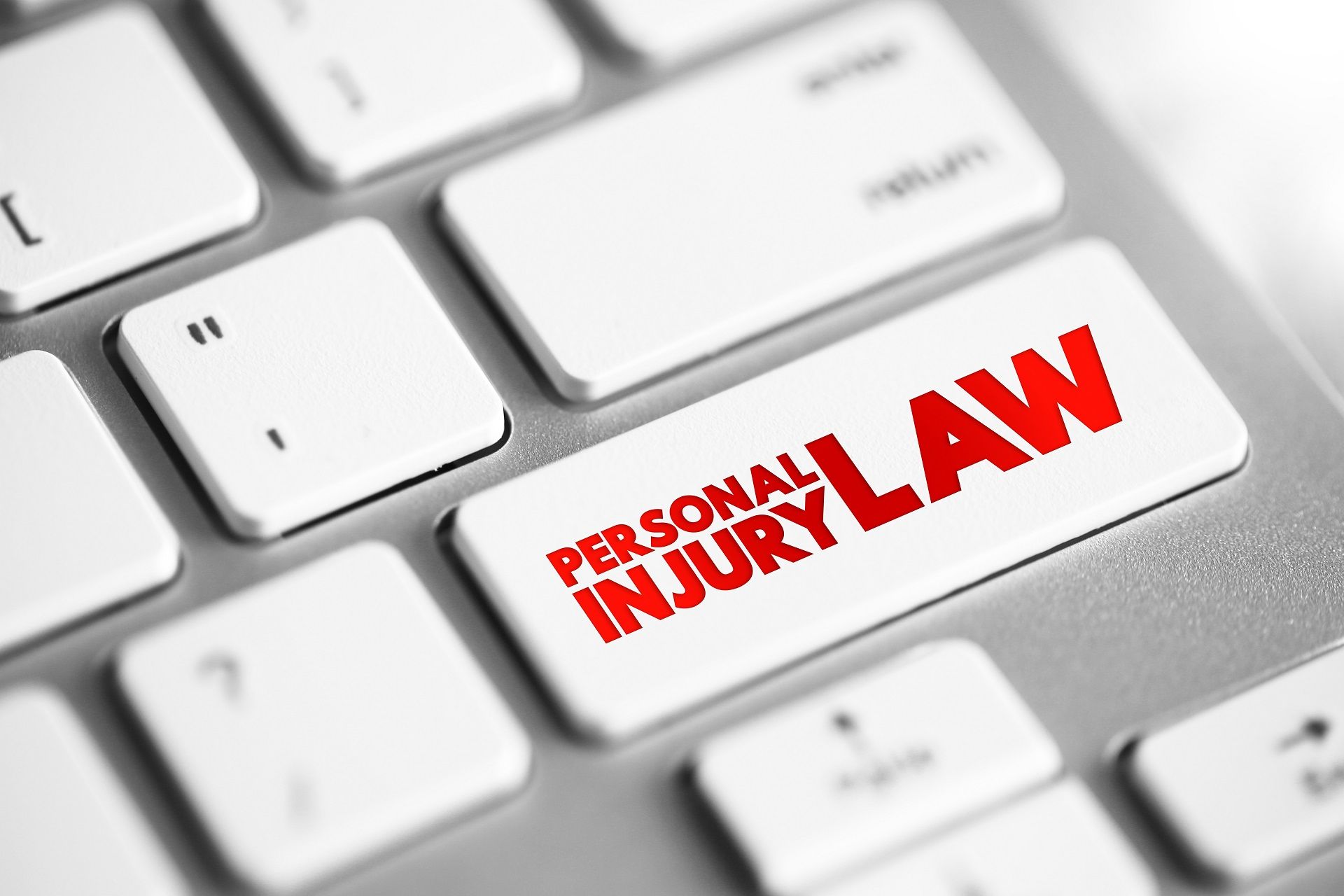Everything You Need to Know About the Deposition Errata Sheet

In the legal community, there are different types of stances on the role of errata sheet deposition.
Some hold a firm belief that the errata sheet should only be used to correct small mistakes like transcription errors. Other lawyers are adamant that the witness should be able to also make significant changes to their testimony.
Since Rule 30 of the The Federal Rules of Civil Procedure is of great importance in regulating depositions by oral examination, lawyers need to be well equipped to safeguard the integrity of the record. This is only possible by familiarizing yourself with the permissible uses of errata sheet deposition to protect both the witness and the case.
What is Errata Sheet Deposition?
In simple terms, an errata sheet deposition is a separate attachment from the deposition that a witness can use to correct any mistakes in the transcript. While not part of the main transcript, it’s still considered a part of the court record.
Rule 30 governs the errata process deposition and it states that:
1. The deponent has the right to review and sign the transcript before the end of the deposition.
2. Once the court reporter notifies the parties that the transcript is ready, the deponent has 30 days to read and sign the sheet.
3. Any changes have to be noted in a signed statement that also contains the reasoning for making those changes.
Why Errata Sheet Deposition Review is So Important
Preparing an errata sheet is done to notify the court reporter about any mistakes in the official
record of the deposition proceedings, not to change the testimony in regard to material facts.
Thus, a witness shouldn’t view this document as an opportunity to rectify their statement, add, or elaborate on anything they stated during the deposition especially if the questioning didn’t elicit those responses.
The problem can arise if a lawyer fails to conduct a detailed review of the errata sheet deposition because these misuses can fall through the cracks and end up in the court record. Naturally, if a testimony contradicts the content of the errata sheet, this can spell serious trouble for the lawyer at a trial.
Because of that, errata sheets are an important part of legal proceedings as they can have a direct impact on the outcome of the case. Lawyers have to take their role seriously and have to show proper dedication to deliver quality legal services. This means they have to hold the protection of the record in high regard, and never allow for any mistakes to slip through.
Still, witnesses are still allowed to make changes to their testimony. Let’s see the rules in detail.
When Are Significant Changes Allowed?
Changes in form or substance in an errata sheet deposition depend on the jurisdiction in which the case is open. So, as a lawyer, you should be familiar with the rules in your jurisdiction and how they are different from the established Rule 30.
There are usually three approaches that apply to the scope of errata sheets deposition:
1. Case by Case
The courts take into account the timing and the nature of the changes made in the errata sheet. This means that depending on the circumstances, the court may reject any modifications. For instance, if the changes made are in contradiction to the prior testimony and were offered not long before the dispositive motions are filed, the court may them.
2. Traditional Approach
The traditional approach is a mainstay in the majority of courts. It dictates that the witnesses can change anything in the errata sheet deposition if the changes in question meet the procedural requirements dictated by Rule 30. For example, a witness can change a yes answer into a no answer.
3. Narrow Approach
In this approach , Rule 30 is interpreted narrowly. Hence, changes in the errata sheet deposition should be limited only to fixing errors in transcription.
According to
Greenway v. International Paper Co., Rule 30 shouldn’t be interpreted to allow a witness to change their testimony taken under oath. It’s further clarified that interpreting the rule more broadly would allow for witnesses to answer questions in any way possible, and they could freely return home and plan their responses.
How to Introduce Changes Properly
If changes to an errata sheet deposition are absolutely necessary, you have to clarify and explain why they were made.
However, this doesn’t mean that the court will be satisfied with just a one-word description of a change. For instance, simply stating that the change was made for clarification isn’t enough. Changing the answer from no to yes requires a comprehensive explanation.
If the form provided by the court doesn’t have the necessary space to offer a thorough explanation, you can make your own form.
Since most depositions are recorded these days, you have to ensure that the reason you provide for the alteration is evidenced by the video record of the deposition.
Can the Errata Process Be Abused?
Even though courts may allow witnesses to change the transcript, this isn’t without its limits. The other party can still challenge the errata sheet deposition if they find the change and the reasoning behind it unsatisfactory.
According to the sham affidavit doctrine, the court may disregard the sheet if it’s concluded that its goal is to make a sham issue in contradiction to the testimony in the deposition process. Therefore, material changes can only be corrective or clarify the testimony.
Additionally, courts have sometimes rejected excuses from witnesses about limits in language proficiency or that it was their first experience being deposed to allow changes. This typically happens unless there is ample evidence that the witness did clearly exhibit such behavior during deposition.
If the changes made to the errata sheet make the entire deposition useless, the party that takes the deposition can reopen the examination.
Lastly, the original answers remain a part of the official court record, meaning they can still be used at trial. So, if a witness made any changes to the errata sheet, they have to be prepared to explain them.
The Law is Still Sacred
While Rule 30 can be pretty confusing and its interpretation depends on the jurisdiction and the court, it still doesn’t mean it’s possible to make any substantial changes without consequences. As a lawyer, it’s on you to be familiar with the rules in your jurisdiction and explain them to your witness.
If they are making any changes, you have to point out the limits put in place to prevent the abuse of seemingly lax interpretation of the rules governing errata sheet deposition. Thus, if they have to make alterations, you have to make sure they’re doing it for a good reason and they have to be prepared to provide a good reason for doing so.
RECENT POSTS
CONTACT US
We will get back to you as soon as possible.
Please try again later.
Evaluation Request
Contact Us
We will get back to you as soon as possible.
Please try again later.
Contact
Contact Us
We will get back to you as soon as possible.
Please try again later.
All Rights Reserved.
This website is managed by Oamii.







